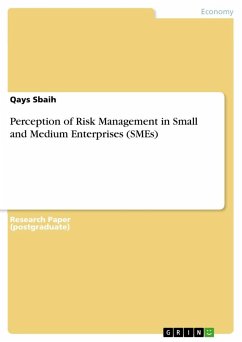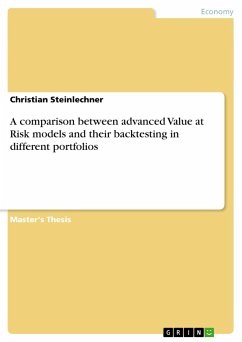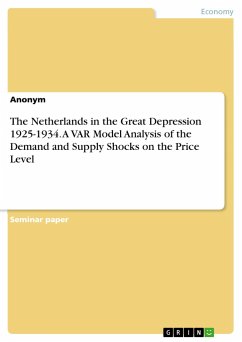Diploma Thesis from the year 2011 in the subject Engineering - Industrial Engineering and Management, grade: 1,0, University of Kassel, language: English, abstract: It may appear somewhat hasty, asking for a lesson learned for a framework which has not yet been implemented. Taking another perspective, it even sounds implausible, to force an industry which has been very successful with managing risks for their customers in the past to use a new regulatory risk framework. Nevertheless, to question whether the lesson has been learned or the usefulness of the introduction of a new risk based regulatory framework, seems to be more up-to-date than it has ever been.The pace of our time is getting faster. "Nothing is as consistent as change" - these wise words uttered by Greek philosopher Pythagoras over 2500 years ago adequately describe today's world in which change is rather the rule than the exception. The supervisory system for EU insurers which was proofed to be sufficient in 1997 was considered to be insufficient only five years later. Recently, the latest financial crisis has shown that the strength of companies is not a matter of balance sheet size anymore; it is rather the result of understanding the risk a company takes. The cutting-edge Solvency II framework is now going to replace the current existing supervisory system, adopting the latest developments for measuring risk in financial markets. However, with the recent financial crisis in mind, modern financial theories, investment strategies or risk measurement techniques look again like a fancy part of academia without any connection to the real financial world. Basel II, the EU wide regulatory framework for banks which has failed to protect the banking industry from the risk arising in the financial markets, can be quoted as a good example for the necessity of a new framework. As a consequence, Basel III is being developed at the moment.One might be led to believe, that these issues do not concern the insurance industry. Insurers are long-term investors and usually follow a rather conservative investment policy. This did not protect them from losses but they were still able to sit out the last crisis, except for AIG which gambled in markets far off from their core business. Financial markets and their volatile behavior have not affected them directly but now Solvency II is going to introduce a market consistent valuation for their assets and liabilities. The value of both sides of their balance sheet, of every insurer in the EU will be linked directly to the financial markets. Changed market conditions will impact on all EU insurers at once [...]








